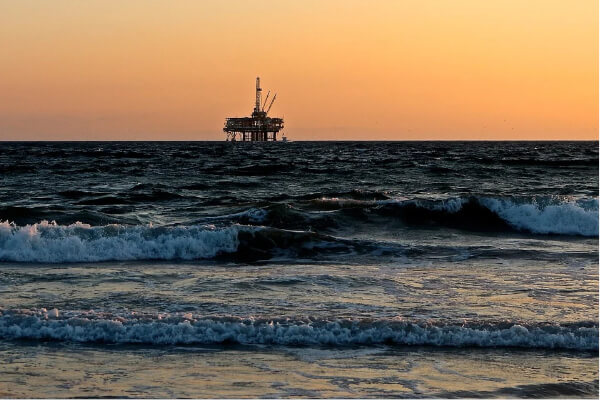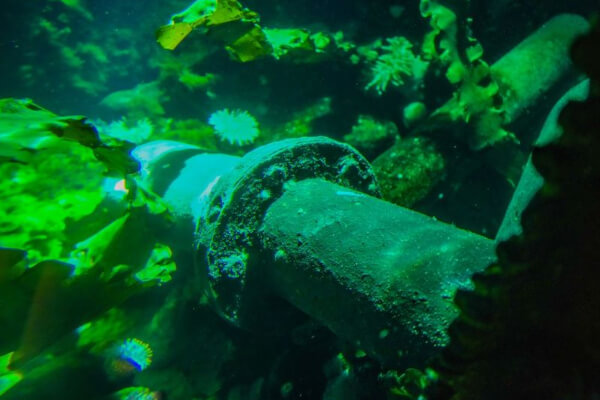Wood PLC Debuts AI-based Machine Vision Solution for Offshore Drilling Applications
Wood PLC announces its new Augmented Machine Vision Solution for inspecting equipment comprising subsea oil and gas infrastructure, as well as other fields.
John Wood Group PLC, more commonly known as Wood PLC, is a British multinational consulting and engineering company. Wood PLC focuses on providing engineering, project, and technical services to industrial, power generation, oil and gas, refining, chemicals, and energy sectors worldwide.

An offshore oil rig. Image used courtesy of C Morrison
Recently, the company announced its latest artificial intelligence (AI)-based solution for offshore asset inspection, the Augmented Machine Vision Solution (AMVS). The AMVS hopes to provide technicians and engineers a way of assessing and repairing offshore assets quickly while reducing costs and increasing safety.
Augmented Machine Vision
Augmented machine vision (AMV) is a form of machine learning in which computers are trained to identify objects in visual media, such as videos. It can scan and identify any items that may not be visible to the human eye.
It's used in offshore safety inspection to identify any potential hazards that could be lurking beneath the surface of the water. It has helped find sunken vessels, pipelines, and industrial equipment. This technology can be applied across various industries for different purposes, including underwater inspection of bridges and tunnels, manufacturing plant inspections, medical imaging diagnostics, and anomaly detection in industrial facilities.
Wood and NERA
Wood’s AMVS is a product of a year-long collaboration with the independent, federally funded Industry Growth Centre, National Energy Resources Australia (NERA). The not-for-profit organization was established to strengthen Australia’s economy by providing support for sustainable and innovative technologies targeting the energy resources sector. The $288,600 partnership has the potential to save AUD$2.8 billion per year for the offshore energy industry.
In a recent news release, Wood noted that the AMVS aims to deliver safer and faster inspection to provide technicians with accurate, real-time information to help maximize asset output. This is especially critical due to human error being a large reason for inspection failure.

An underwater pipeline.
In the same news release, the Chief Executive of NERA, Miranda Taylor, said, “This project is improving the inspection of infrastructure that’s long been a highly labor-intensive and dangerous activity. Through this project, we’re helping to reduce the need for technicians to spend long hours offshore examining footage of equipment by using software developed by Wood to examine the footage under the control of technicians who can remain safely onshore.”
With AMVS, technicians will no longer need to waste time and money traveling offshore to review many hours of footage from inspection devices. The AMVS can help to provide safer and faster inspection of footage. The AI engine can detect anomalies within the inspection footage and flag them up for further review and repair. Technicians can be kept safe from hazards they may have encountered at offshore sites and better connectivity to sites can help reduce costs for crew and vessels. Faster turnaround times for inspection can also keep maintenance of assets at an optimum and provide better site productivity.

 Facebook
Facebook Google
Google GitHub
GitHub Linkedin
Linkedin








